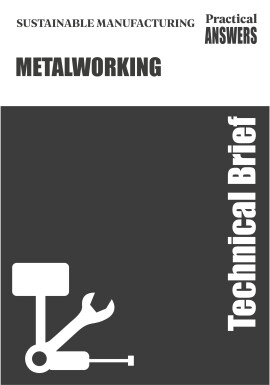
Rice Husk Ash Cement
Progress in development and application
A state of the art review of rice husk ash cement technology in the Indian subcontinent, highlighting its effectiveness as an alternative low-cost binding material. Includes case studies of field-testing in local institutions.
Published: 1984
Pages: 48
eBook: 9781780444246
Paperback: 9781853390517
| CONTENTS | |||
|---|---|---|---|
| 1. INTRODUCTION 1 | |||
| 2. SITE VISITS 2 | |||
| 2.1 INDIA 2 | |||
| 2.2 NEPAL 13 | |||
| 2.3 PAKISTAN 15 | |||
| 3. COMPARISON OF PRODUCTION METHODS | |||
| AND RECOMMENDATIONS FOR USE 28 | |||
| 4. TESTING OF SAMPLES IN UK 29 | |||
| 5. RESULTS OF UK LABORATORY TESTS 29 | |||
| 6. COMPARISON OF PRODUCERS ' DATA | |||
| WITH UK RESULTS 31 | |||
| 7. COMPARISON OF EXPERIMENTAL DATA | |||
| WITH STANDARDS REQUIREMENTS 31 | |||
| ECONOMICS | |||
| CONCLUSIONS | |||
| RECOMMENDATIONS | |||
| TABLES |
Strategies for meeting Tanzania's future cement needs
Stewart, D. F.
Muhegi, B.
Natural Resources Forum, Vol. 13 (1989), Iss. 4 P.294
https://doi.org/10.1111/j.1477-8947.1989.tb00352.x [Citations: 1]Using Renewable and Recyclable Materials in Planning Green Building
Sun, Sheng
Fang, Zheng
Chen, Jian Li
Advanced Materials Research, Vol. 280 (2011), Iss. P.89
https://doi.org/10.4028/www.scientific.net/AMR.280.89 [Citations: 2]




